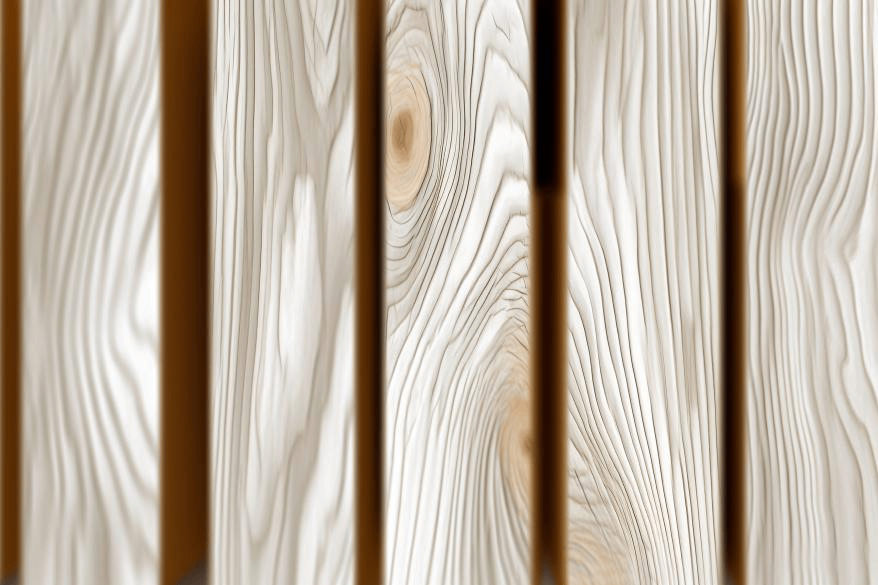In the field of architectural decoration, wooden moldings, as a highly distinctive and practical building material, are widely applied in various projects due to their unique charm. The key element of wooden moldings is like a flexible paintbrush for architectural decoration, outlining delicate contours for the space and endowing the building with a unique aesthetic and texture.
Image Source:699pic.com
There are also a wide variety of wooden molding products, which can be classified differently according to different materials or functional and shape differences. If classified by material, they can be divided into two major categories: solid wood moldings and artificial wood moldings. Solid wood moldings are directly processed from natural wood, such as oak, walnut, cherry wood, etc. It is characterized by its hard texture, clear and beautiful texture, good wear resistance and stability, and can vividly display the natural characteristics of wood. It is deeply loved by customers who pursue natural and high-quality decoration effects. Artificial wood moldings are mainly made of medium-density fiberboard (MDF), particleboard, etc., as the base material and are processed through veneering or coating. MDF wooden moldings have a uniform material, are easy to process and shape, and various wood veneers or decorative papers can be pasted on the surface to imitate the texture effects of a variety of natural woods. Their price is relatively more affordable than solid wood moldings, so they also occupy an important share in the market. Particleboard wooden moldings have good sound-absorbing and heat-insulating properties and a lower cost, and are often used in projects with certain requirements for decoration effects but limited budgets. In terms of function and shape, they can be divided into decorative moldings, edging moldings, inlay moldings, etc.
As a building material, wooden moldings have a wide range of application scenarios. For example, in home decoration, they can be used for the decoration of walls, ceilings, doors and windows, furniture, etc. Wooden moldings can be used for the shape design of walls, such as making decorative frames of various shapes, dividing the wall into different areas, and increasing the layered effect and three-dimensional sense of the wall. Waistlines can also be installed on the wall to divide the wall and beautify the space. In addition, for some flawed or uneven walls, wooden moldings can be used for clever covering and modification, making the wall more beautiful and tidy. The application of wooden moldings in door and window decoration is mainly reflected in door and window casings and window sills. Door and window casings can protect the door and window frames and at the same time enhance the overall aesthetic of the doors and windows. Window sills made of wooden moldings can not only increase the practicality of the window sills but also coordinate with the overall interior decoration style, adding a warm atmosphere to the window area. Many furniture items, such as wardrobes, cabinets, TV cabinets, etc., use wooden moldings for decoration. Wooden moldings can be inlaid on the surface of furniture to form various patterns and shapes, enhancing the decorative and artistic nature of the furniture. At the same time, wooden moldings can also be used for the edging treatment of furniture, making the corners of the furniture smoother and more beautiful and preventing the edges of the wood from being affected by moisture and deforming.
The advantages of wooden moldings are also very prominent. Wooden moldings have natural wood textures and colors, which can bring a natural and warm texture to the space. Whether it is a simple modern style or a retro European or Chinese style, wooden moldings can be perfectly matched with them, enhancing the overall decoration level of the space. Their warm texture, compared with other building materials, can give people a more intimate and comfortable feeling, creating a warm and pleasant living or working environment. Wood has good workability. Wooden moldings can be processed through a variety of processes such as sawing, planning, carving, and splicing to meet different design requirements. Whether it is a simple straight line or a complex curved shape, it can be made through exquisite craftsmanship. Moreover, wooden moldings are not prone to problems such as cracks and deformation during the processing process, ensuring the quality and accuracy of the products. Compared with some complex building materials, the installation of wooden moldings is relatively simple. Generally, fixing methods such as glue, nails, or screws can be used to install wooden moldings on walls, floors, doors and windows, etc. The installation process does not require special tools and techniques, and ordinary decoration workers can operate them skillfully after simple training, greatly shortening the construction period and reducing the construction cost. High-quality wooden moldings are made of natural wood or environmentally friendly artificial boards, and no harmful chemical substances are added during the production process, which meets national environmental protection standards. Using wooden moldings for decoration will not cause pollution to the indoor environment and ensures the health of residents. Compared with some building materials containing harmful substances such as formaldehyde, wooden moldings are more favored by environmentally conscious consumers.

